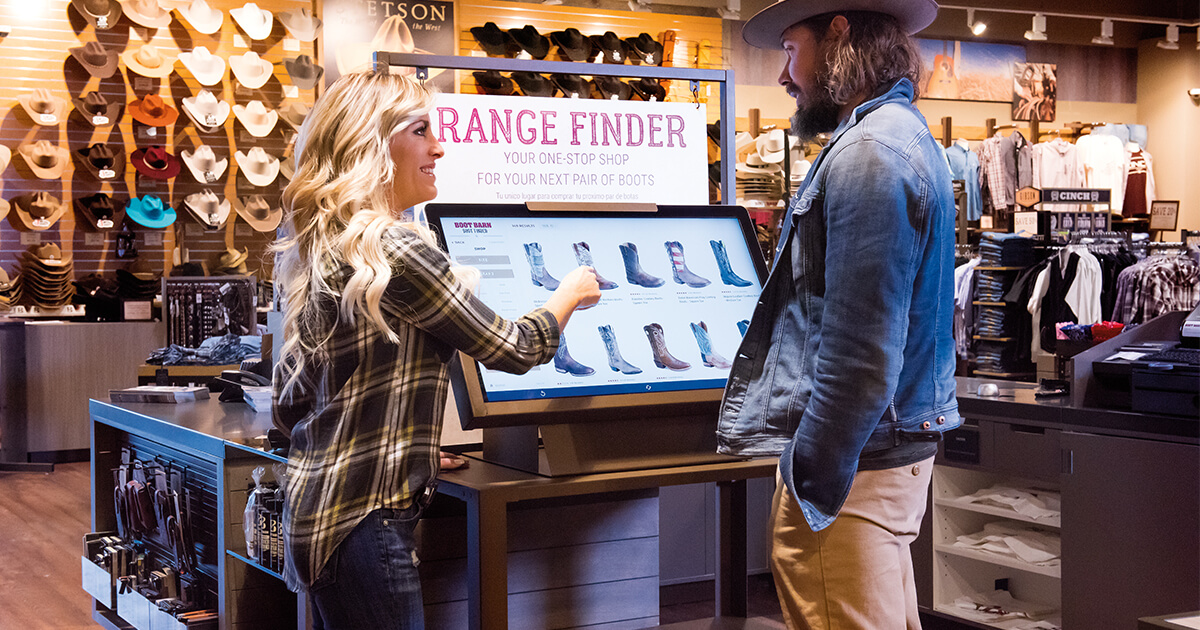
New store technology has been a big focus for retailers in 2018; store IT spending budgets were up 5% to 6%, according to the RIS’ “2018 Store Systems Study.” Mobile POS and mobile devices for managers and associates topped the list for short-term projects, with digital signage not far behind.